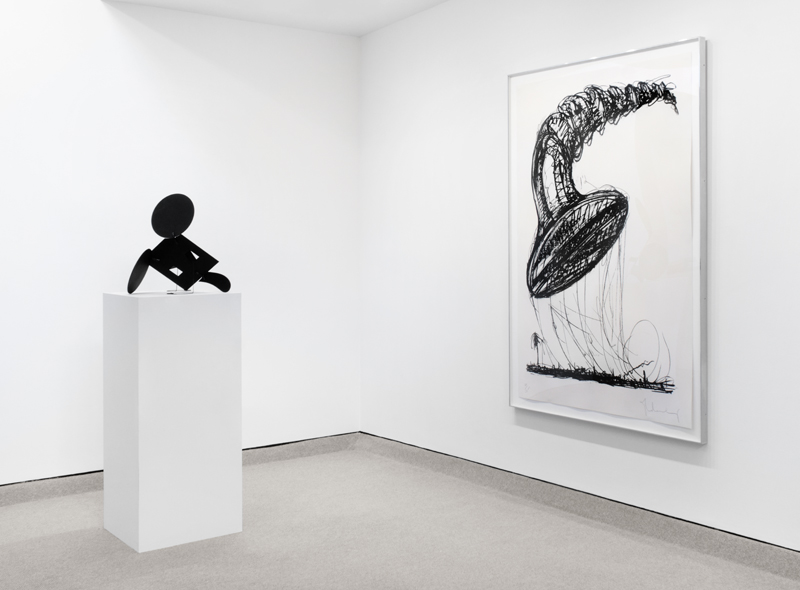
Claes Oldenburg: Large-Scale Prints and Small-Scale Multiples, 1966-1976
Between 1968, when Claes Oldenburg first created an oversized screw sculpture as a kinetic object, and 1983, when the monumental Screwarch was installed between two pools outside the Museum Boymans-van Beuningen in Rotterdam, the Netherlands, the artist’s vision of the screw underwent numerous transformations in material, shape, situation and size. As Oldenburg has stated, “the curved form thwarted its function completely but greatly increased its metaphoric capacity,” all while keeping its recognizeable identity.
The series of 1976 lithographs on display at Barbara Krakow Gallery began as a grid of small graphite studies. These drawings took on a new life when Oldenburg started working at a large scale (approximately 70 x 45 inches / 180 x 120 cm) for the prints. The new scale was in keeping with his ideas for colossal Screw monuments and he was able, at that size, to use fluid, active and open marks to create the images. As for the images, themselves, they reflect both the artist’s surroundings along with their associated contexts. Key though, is to recognize how these actual places and experiences are filtered through Oldenburg’s imagination and selective perception which is what makes the works also personal. In the different pieces, the screw could be arched, curved, floating, erect or nestling within a waterfall, all variations that display Oldenburg’s animation of the inanimate, the core activity of his art.
In juxtaposition to these large-scale prints (the largest that the printer had done up to that point), are a number of small-scale objects that present Oldenburg’s constant exploration of the transformation of objects through media and scale. In Miniature Soft Drum Set, he reduces the scale and takes the solid form of a drum set and makes it soft through the use of printed fabric. In Wedding Souvenir, he takes a delicious, soft and edible substance (cake) and turns it hard and monochrome through the use of paint and plaster. With the Geometric Mouse – Scale C, he takes the soft, round and welcoming form of Mickey Mouse and turns it into a reductivist abstraction of solid planes of hardened aluminum.
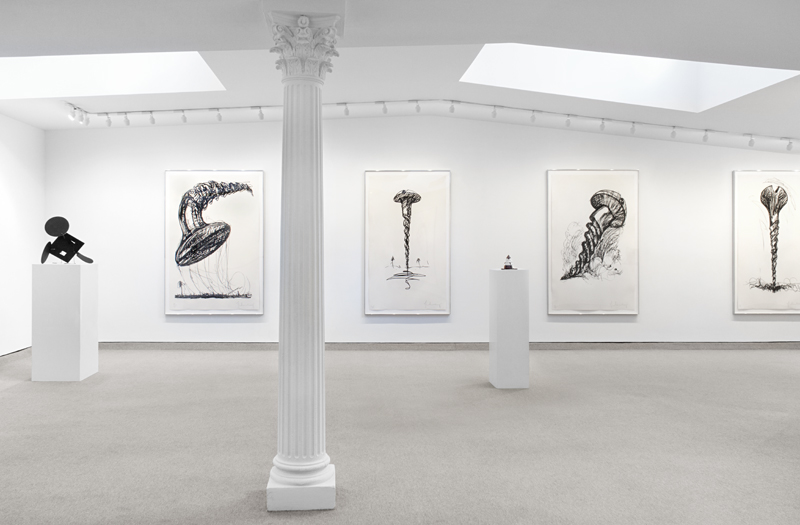

Edition of 120
Signed, numbered, chop and copyright mark on disc attached to chain
24 1/2 x 20 x 9 (ear) inches (62.2 x 50.8 x 22.9 cm)
(Inventory #27510)
Edition of 120
Signed, numbered, chop and copyright mark on disc attached to chain
24 1/2 x 20 x 9 (ear) inches (62.2 x 50.8 x 22.9 cm)
(Inventory #27510)
Image size: 59 x 39 1/4 inches (149.9 x 99.7 cm)
Paper size: 67 x 44 3/4 inches (170.2 x 113.7 cm)
Frame size: 72 x 49 1/4 inches (182.9 x 125.1 cm)
Edition of 35
Signed lower right, numbered lower left
(Inventory #27259)
Image size: 59 x 39 1/4 inches (149.9 x 99.7 cm)
Paper size: 67 x 44 3/4 inches (170.2 x 113.7 cm)
Frame size: 72 x 49 1/4 inches (182.9 x 125.1 cm)
Edition of 35
Signed lower right, numbered lower left
(Inventory #27259)
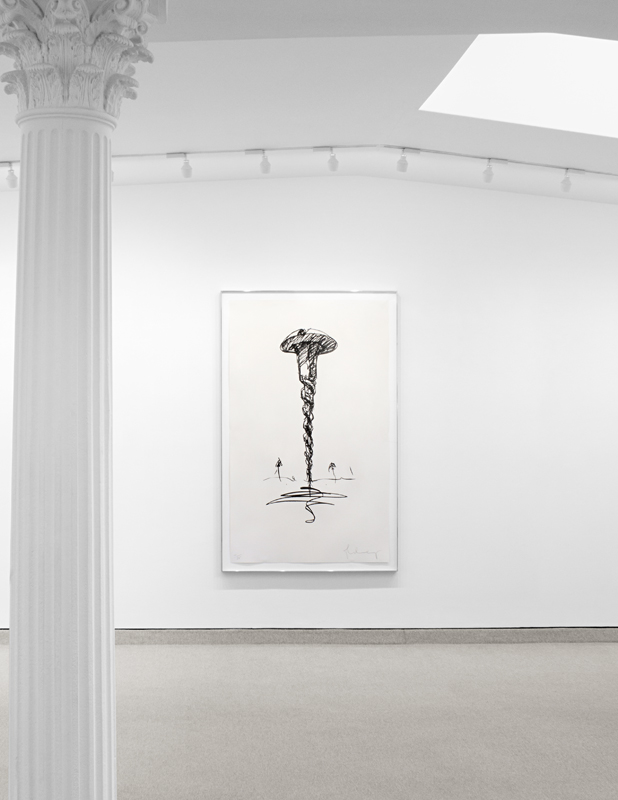
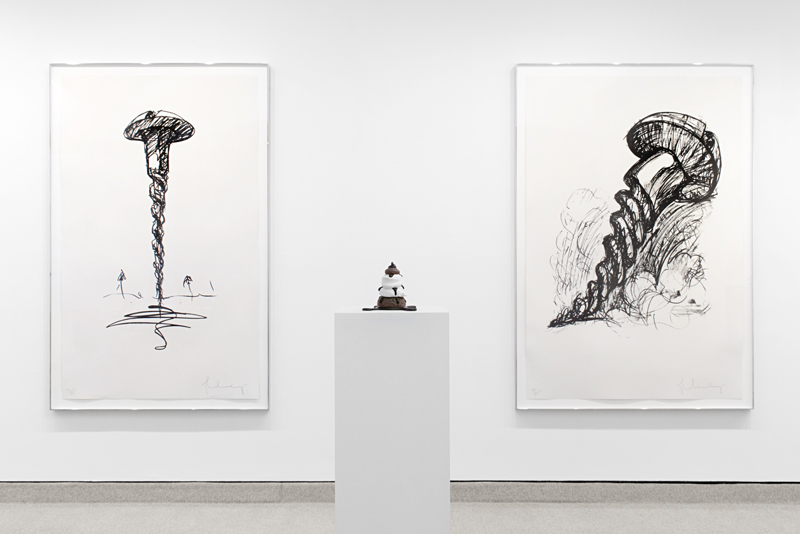
Image size: 49 3/4 x 24 1/2 inches (126.4 x 62.2 cm)
Paper size: 67 x 40 1/4 inches (170.2 x 102.2 cm)
Frame size: 71 3/4 x 44 3/4 inches (182.2 x 113.7 cm)
Edition of 35
Signed lower right, numbered lower left
(Inventory #27257)
Image size: 49 3/4 x 24 1/2 inches (126.4 x 62.2 cm)
Paper size: 67 x 40 1/4 inches (170.2 x 102.2 cm)
Frame size: 71 3/4 x 44 3/4 inches (182.2 x 113.7 cm)
Edition of 35
Signed lower right, numbered lower left
(Inventory #27257)
6 x 8 1/8 x 8 5/8 inches (15.2 x 20.6 x 21.9 cm)
Edition of 75
Signed as fabricated up to June, 1991
(Inventory #29290)
6 x 8 1/8 x 8 5/8 inches (15.2 x 20.6 x 21.9 cm)
Edition of 75
Signed as fabricated up to June, 1991
(Inventory #29290)
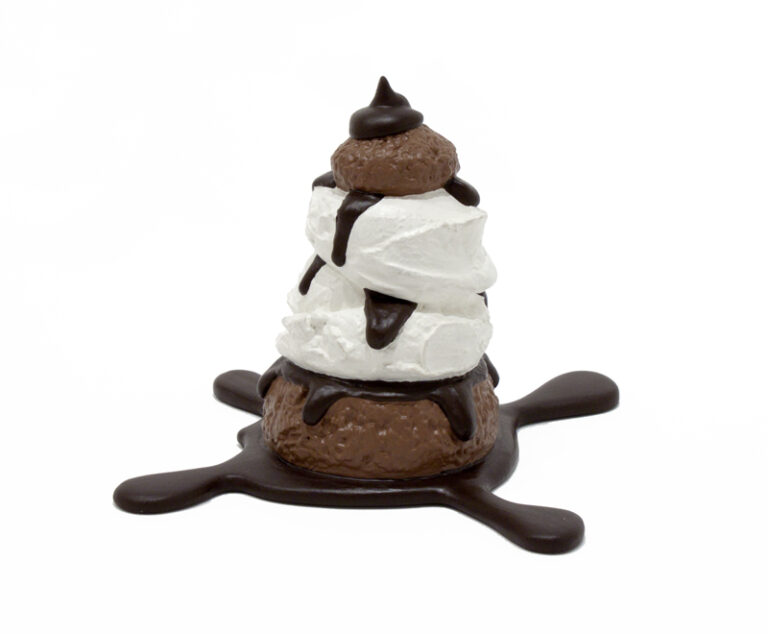
Image size: 48 x 34 1/2 inches (121.9 x 87.6 cm)
Paper size: 67 x 44 3/4 inches (170.2 x 113.7 cm)
Frame size: 71 3/4 x 49 3/8 inches (182.2 x 125.4 cm)
Edition of 35
Signed lower right, numbered lower left
(Inventory #27260)
Image size: 48 x 34 1/2 inches (121.9 x 87.6 cm)
Paper size: 67 x 44 3/4 inches (170.2 x 113.7 cm)
Frame size: 71 3/4 x 49 3/8 inches (182.2 x 125.4 cm)
Edition of 35
Signed lower right, numbered lower left
(Inventory #27260)
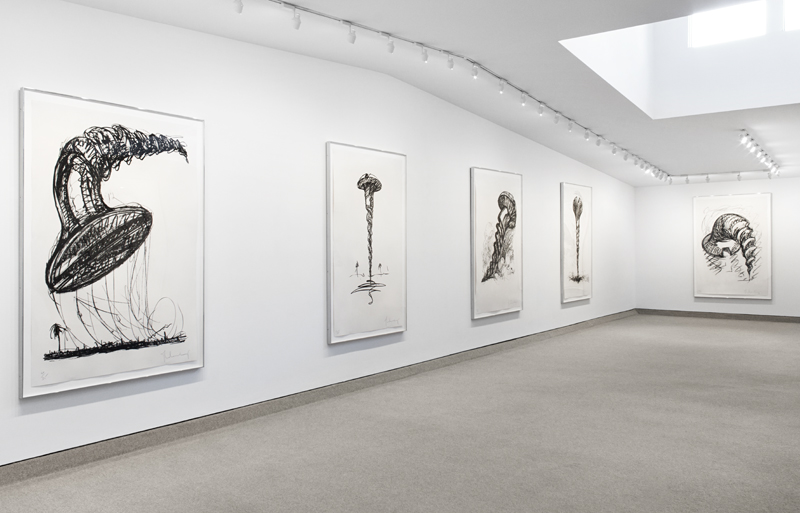
Image size: 58 3/4 x 34 3/4 inches (149.2 x 88.3 cm)
Paper size: 67 x 40 1/4 inches (170.2 x 102.2 cm)
Frame size: 72 x 44 3/4 inches (182.9 x 113.7 cm)
Edition of 35
Signed lower right, numbered lower left
(Inventory #27258)
Image size: 58 3/4 x 34 3/4 inches (149.2 x 88.3 cm)
Paper size: 67 x 40 1/4 inches (170.2 x 102.2 cm)
Frame size: 72 x 44 3/4 inches (182.9 x 113.7 cm)
Edition of 35
Signed lower right, numbered lower left
(Inventory #27258)
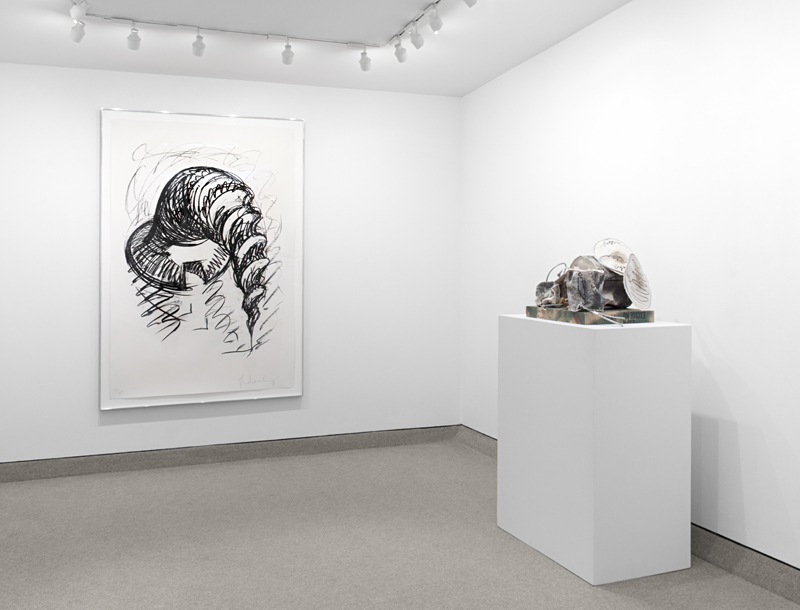
Image size: 54 1/2 x 38 1/2 inches (138.4 x 97.8 cm)
Paper size: 67 x 44 5/8 inches (170.2 x 113.3 cm)
Frame size: 72 x 49 1/4 inches (182.9 x 125.1 cm)
Edition of 35
Signed lower right, numbered lower left
(Inventory #27255)
Image size: 54 1/2 x 38 1/2 inches (138.4 x 97.8 cm)
Paper size: 67 x 44 5/8 inches (170.2 x 113.3 cm)
Frame size: 72 x 49 1/4 inches (182.9 x 125.1 cm)
Edition of 35
Signed lower right, numbered lower left
(Inventory #27255)
with rope and painted wooden stand
Edition of 200
Initialed and numbered ‘CO 167/200’ in ink on the base drum
9 x 19 x 13 inches (22.9 x 48.3 x 33 cm)
(Inventory #28106)
with rope and painted wooden stand
Edition of 200
Initialed and numbered ‘CO 167/200’ in ink on the base drum
9 x 19 x 13 inches (22.9 x 48.3 x 33 cm)
(Inventory #28106)
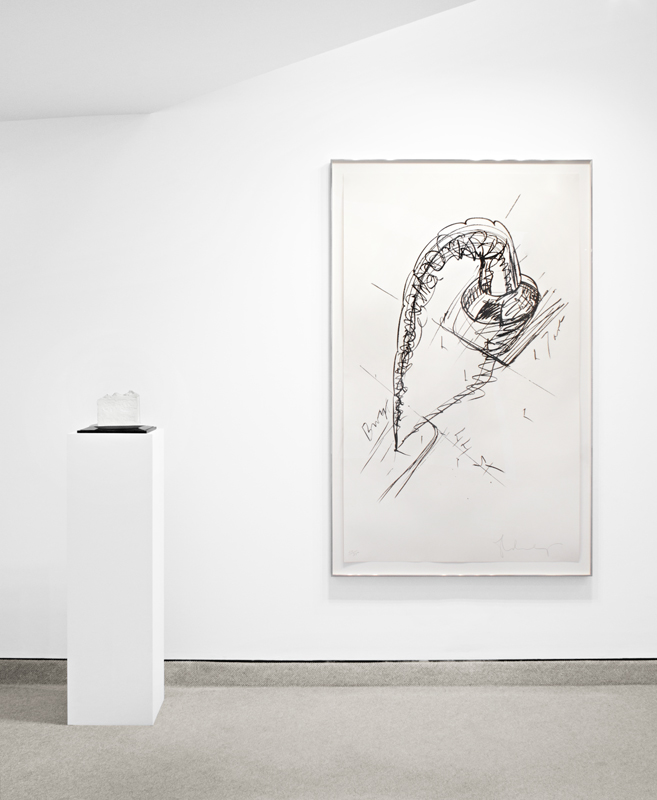
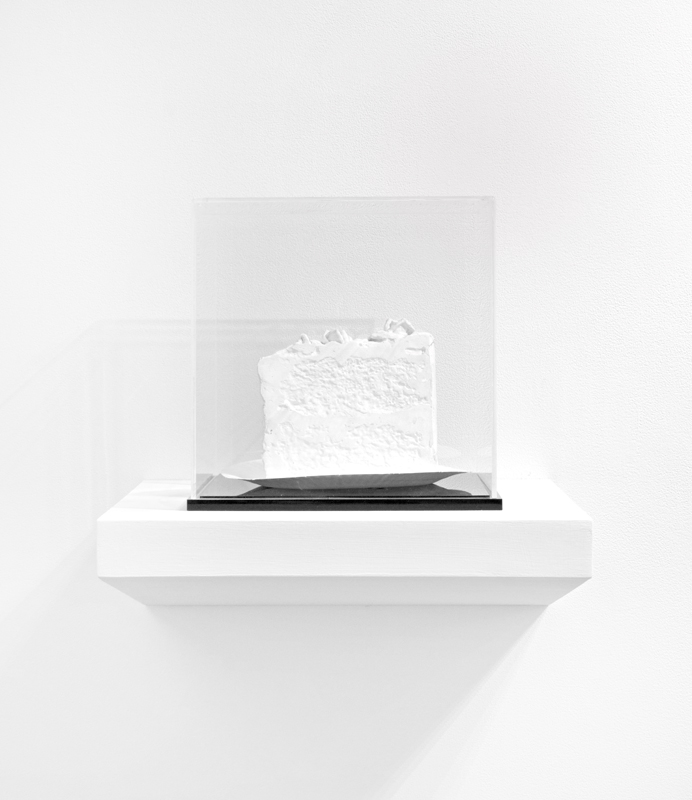
from a series of approximately 200
5 1/2 x 6 1/2 x 2 1/4 inches (14 x 16.5 x 5.7 cm)
(Inventory #24630)
from a series of approximately 200
5 1/2 x 6 1/2 x 2 1/4 inches (14 x 16.5 x 5.7 cm)
(Inventory #24630)
Edition 19/35
Signed “Oldenburg” and blind stamped lower right; numbered lower left
Image/paper size: 67 1/2 x 41 3/4 inches (171.5 x 106 cm)
Frame size: 70 3/4 x 43 1/2 inches (179.7 x 110.5 cm)
(Inventory #25763)
Edition 19/35
Signed “Oldenburg” and blind stamped lower right; numbered lower left
Image/paper size: 67 1/2 x 41 3/4 inches (171.5 x 106 cm)
Frame size: 70 3/4 x 43 1/2 inches (179.7 x 110.5 cm)
(Inventory #25763)
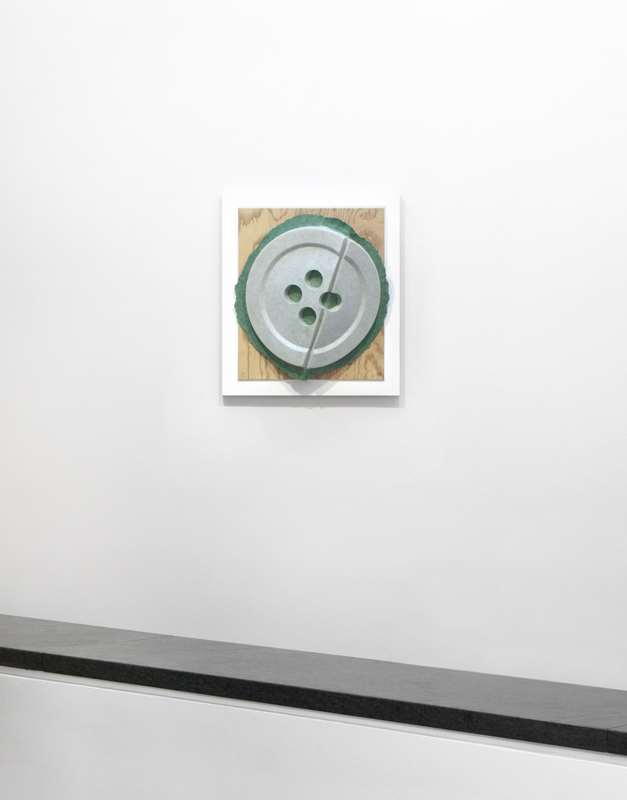
16 3/8 x 14 1/8 x 6 3/8 inches (41.6 x 35.9 x 16.2 cm)
Edition of 100
Signed, dated and numbered in pencil
(Inventory #27492)
16 3/8 x 14 1/8 x 6 3/8 inches (41.6 x 35.9 x 16.2 cm)
Edition of 100
Signed, dated and numbered in pencil
(Inventory #27492)
Edition of 50
Signed and numbered on base
6 1/2 x 8 1/4 x 6 1/2 inches (16.5 x 21 x 16.5 cm)
(Inventory #25451)
Edition of 50
Signed and numbered on base
6 1/2 x 8 1/4 x 6 1/2 inches (16.5 x 21 x 16.5 cm)
(Inventory #25451)
10 Newbury Street, Boston, Massachusetts 02116
617-262-4490 | info@krakowwitkingallery.com
The gallery is free and open to the public. Please note our summer schedule:
June
Tuesday – Saturday, 10–5:30
(Open on Juneteenth)
July 1–25
Tuesday – Friday, 10–5:30
(Closed Friday, July 4)
July 29 – September 1
Open via appointment
Beginning September 2
Tuesday – Saturday, 10–5:30